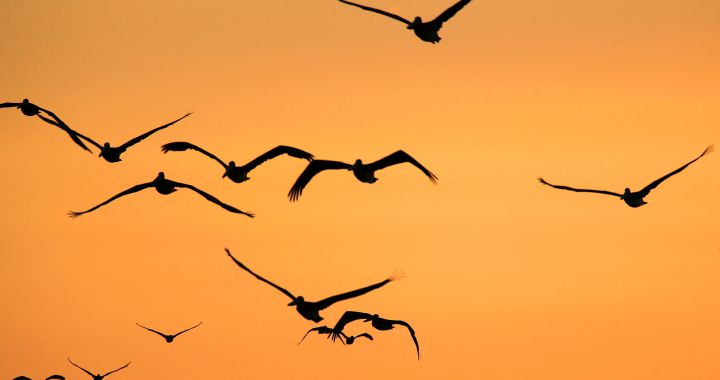Power lines, illegal captures and abuse. These are the main causes of human-induced deaths suffered by birds in our country, according to an ambitious report by the environmental organization SEO/Birdlife, which analyzed this type of data for the first time in our country. The study leaves another disturbing title: human activities are at the origin of the 59.5% of injuries or deaths birds.
According to SEO/Birdlife, every year 60 million birds due to the aforementioned anthropogenic causes. A figure which was reached after studying the records of bird entries in Wildlife Recovery Centers (CRF) across the country between 2008 and 2018. In total, 272,655. This amount does not include those who died of natural causes or those that are legally hunted, which researchers estimate accounts for about 15 million birds per year.
At the top of the list of causes is the collision with power lines, which is the source of 31% of the total revenue in the aforementioned centers. To this figure must be added the 8% of electrocutions. Illegal capture of specimens accounts for over 17% of revenue, while crushes account for 8% of deaths. Among the least frequent is collision with wind turbines, which is around 4%, or poisoning (3%).
The recordings reflect only a small part of the actual mortality or impact of the activities, but they allow, by applying mathematical modelling, a more realistic estimate of the birds killed or injured by non-natural causes in Spain. According to those responsible for the study, the model offers a wide range: between 25 million and 100 million copies per year.
“Even taking the low share of the fork as a reference, the figure is impressive: each year, the infrastructures that we install in the natural environment and the activities that we carry out in the field, some of which are prohibited by law, are behind the injury or death of at least 25 million birds. And the truth is, in many cases it’s rectifiable problems, such as collisions or electrocutions on power lines. This report shows, once again, that improving the protection of biodiversity is within our reach: of administrations, companies and sectors and of all of us, when we go on the ground or take advantage of natural resources”, declares the SEO Director /BirdLife Director, Asunción Ruiz.
One in five people at risk of extinction
To the data, we must add a particularly worrying element: the protected and threatened species are those that mainly enter the CRFs. He 22.66% of records, 77 species are included in the categories of greatest risk of extinction in the Red Book of Birds of Spain, also published by SEO/Birdlife to compile information on the degree of threat of each species.
A total of 348 species entered the various CRFs in the above-mentioned 10 years due to human causes. By species, the list is headed by the european goldfinch (11,732 records), followed by the common kestrel (10,167), common buzzard (8,608), griffon vulture (7,426), yellow-legged gull (7,196), common swift (6,266) and owl Grand Duke (6,215).
Red book:

